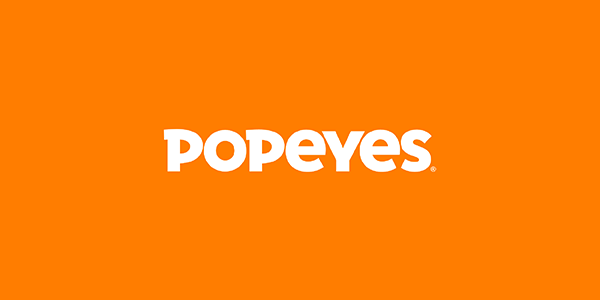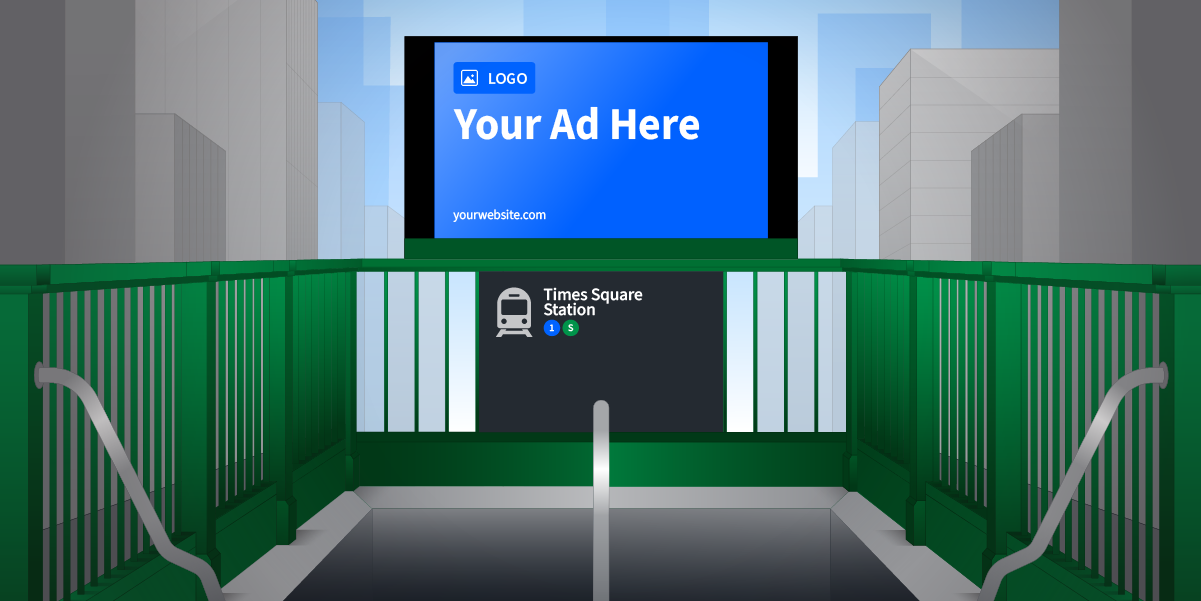How to Optimize Your Digital Campaigns With Footfall Attribution

In today’s digital world, consumers are increasingly going online first to browse different products and services. As a result, Forrester predicts that e-commerce sales will grow from $4.4 trillion USD in 2023 to $6.8 trillion USD by 2028, and represent 24% of global retail sales.
Although those figures may seem impressive, it’s clear that many consumers still prefer to visit stores in person, even if they start their journey browsing online. EMARKETER reports that 83.7% of US retail sales will take place in brick and mortar locations in 2024, and Forrester forecasts that $28.7 trillion USD of global retail sales will still occur offline in 2028.
That’s why it’s essential for retail marketers to bridge the gap between online and offline shopping and understand which of their digital marketing strategies delivers the best return on investment (ROI) and drives traffic in-store.
One way to do that is through footfall attribution.
What Is Footfall Attribution?
Footfall attribution (also known as foot traffic attribution) is a measurement method used to connect in-store traffic to digital marketing campaigns. It helps retailers and businesses understand how effective their advertising efforts are in driving foot traffic to physical locations.
With footfall attribution, marketers can gain deeper insights into consumer behaviour, the customer journey, and how their digital advertising efforts are impacting offline sales.
How to Measure Footfall
Footfall attribution works by collecting data and then analyzing it to understand which digital ads lead to in-person visits and then draw actionable insights to optimize campaigns.
Let’s walk through the process step by step.
Step 1: Start with Data Collection
Footfall attribution begins with data collection. When a consumer sees an ad and visits a store, their visit is tracked by a trusted app partner that accesses location data from their mobile device. This data is obtained only after notice has been given, consent has been obtained, and location sharing is enabled.
For example, Adsquare enables StackAdapt clients to set up footfall studies directly in the platform. Instead of strictly relying on physical addresses, marketers can use custom radiuses and polygons to fine-tune their geographic parameters and capture more specific data. When a customer visits a store, even if it’s located in a hard-to-track location or a specific area of interest like an airport or park, their visit is tracked, providing marketers with more accurate information for campaign reporting.
Step 2: Analyze the Data
Next, the data is analyzed to determine the uplift in visits to a physical location. This is done by comparing the results of customers who were exposed to a campaign to a control group that didn’t see the ads.
Step 3: Reporting and Insights
The final step in footfall attribution is reporting, which provides you with insights that can be used to optimize your digital marketing efforts.
StackAdapt uses verified 3rd-party location partners that report on the actual devices that may have visited a location as a result of seeing an ad, as well as the projected number of future visits. This near-real-time reporting can be used to adjust in-flight campaigns and removes the guesswork from understanding an ad’s effectiveness in driving customers in-store.
The Benefits of Footfall Attribution
Footfall attribution can provide you with meaningful insights to improve your retail marketing strategy and maximize offline results.
Let’s dig into the benefits of footfall attribution a bit further.
Understand the Impact of Your Campaigns
Footfall attribution bridges the gap between online and offline consumer behaviour. By understanding how well digital advertising campaigns are driving store visits and sales, advertisers can gain a clearer picture of return on ad spend (ROAS). They can then fine-tune campaigns, so they’re only spending money on the strategies and channels that deliver the best results.
Discover Valuable Insights About Your Customers
Footfall attribution can deliver powerful insights, such as which of your target customer segments are visiting your physical locations, when they visited, and other valuable information, which you can leverage to further inform and refine your campaign strategy.
Optimize Your Multi-Channel Strategy
Footfall attribution can help you measure and compare the effectiveness of your campaigns across channels, such as native, display, video, connected TV (CTV), digital out-of-home (DOOH), and audio.
Using a digital advertising platform like StackAdapt, you can run multi-channel campaigns and leverage insights from your footfall analysis to optimize your ad spend based on which media mix is giving you the best results.
Footfall Attribution Benchmarks
To really succeed with footfall attribution, you’ll need to measure it against benchmarks. Doing so shows you how well your campaigns are performing and if there’s room for improvement.
Two of the main metrics you can use for benchmarking with footfall attribution are brand uplift and visit rate:
- Brand uplift measures the impact ad exposure has on driving in-store visits. It’s a key metric that helps you better understand the performance of your campaigns. It also helps measure consumer compatibility and what type of relationship a brand has with its customers.
- Visit rate identifies the average daily visits by specific customer segments. When it comes to footfall attribution, the visit rate, along with the uplift rate, can help you determine the effectiveness of your advertising campaigns in driving in-store traffic.
Using this data, you can gain a better understanding of which audience segments visit your stores after seeing an ad, and allocate budgets more effectively.
Use Foot Traffic Attribution to Understand Campaign Impact
Retail marketers today struggle to connect their programmatic campaigns with offline sales lift. One way to address this challenge is through footfall attribution.
With StackAdapt, you can access a self-serve, in-platform footfall attribution solution that will help you understand how your multi-channel campaigns are driving foot traffic to stores in North America and around the world. Request a demo to learn more.
Footfall Attribution FAQs
Footfall is measured by pseudonymously tracking signals from mobile devices and matching these signals to ads the customers saw. The data is then analyzed to determine which specific ads drove in-store visits.
High footfall is good because it indicates strong customer interest in the products and services sold in your brick and mortar locations. This can lead to more sales and higher revenue for businesses. High footfall can also increase brand visibility and lead to repeat business.
Higher footfall generally leads to increased sales because having more potential customers visit your business can lead to more purchases. This correlation helps businesses gauge the effectiveness of their marketing efforts in driving customers and sales in-store.






